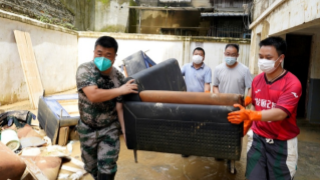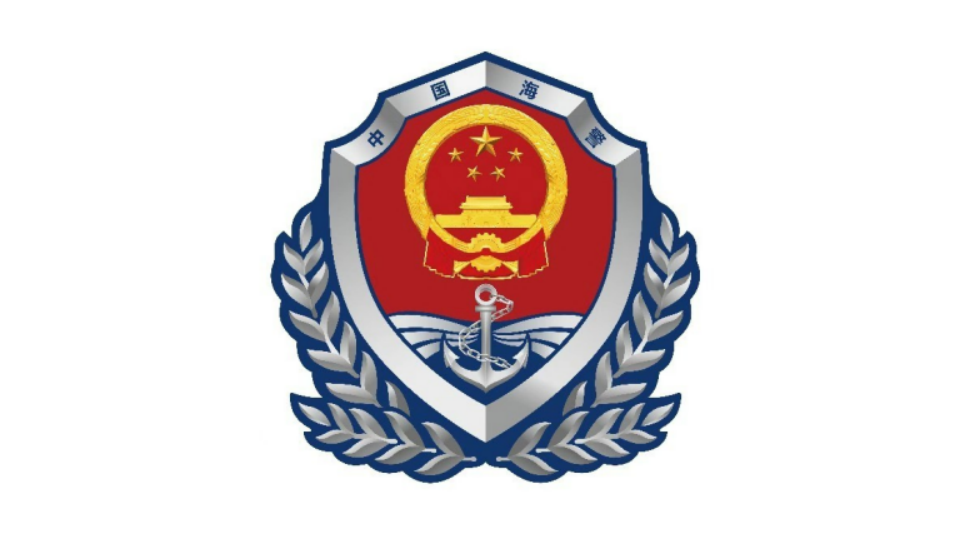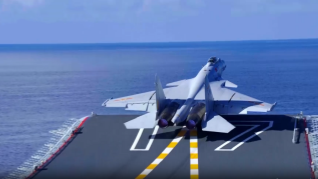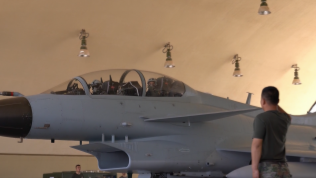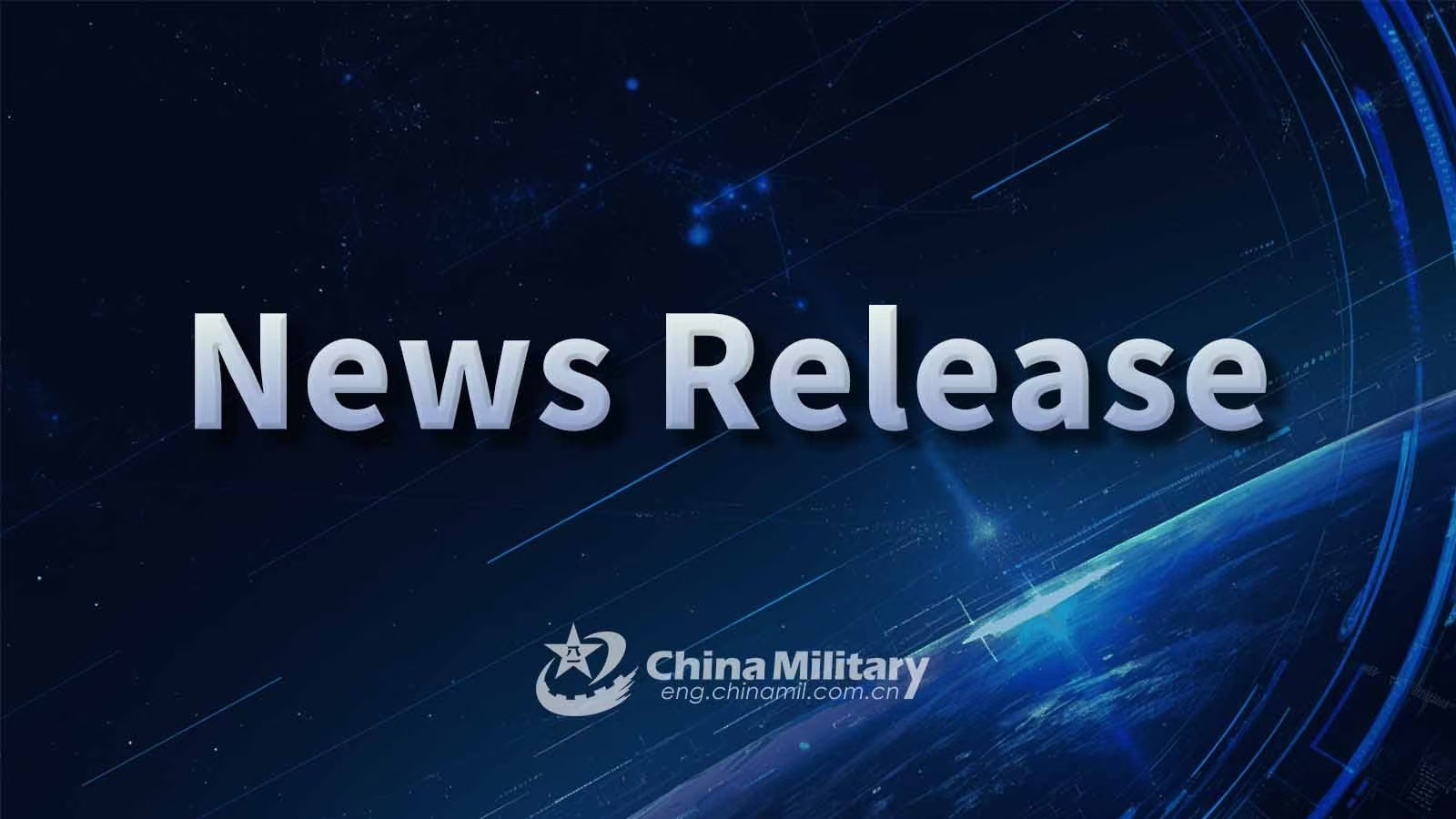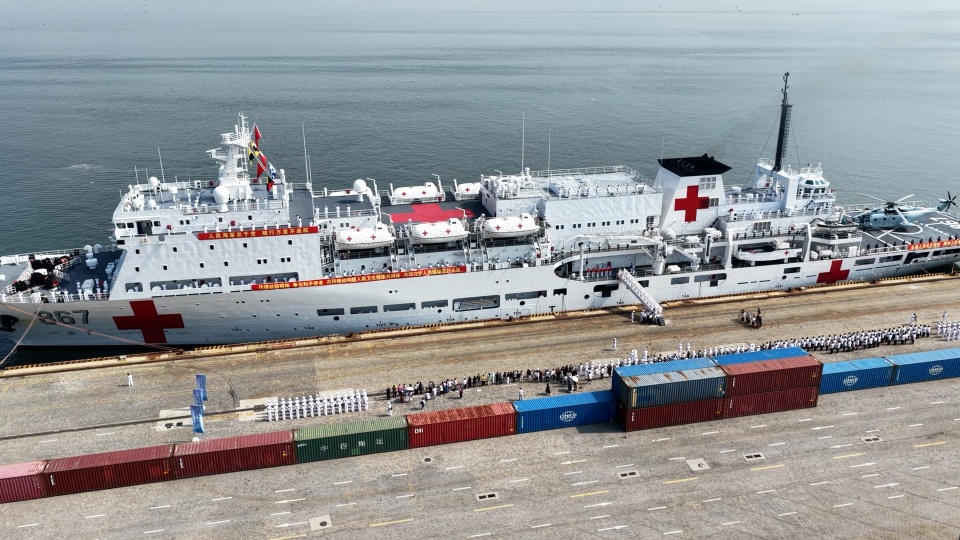By Wu Minwen
Russia announced on May 21 the beginning of its phase-one non-strategic live-fire nuclear exercises, getting ready for the use of non-strategic nuclear weapons. Then on June 4, the US military test-fired a "Minuteman III" strategic nuclear missile. The confrontation between the two parties is self-evident.
After the Russia-Ukraine conflict broke out, the European continent has been under the cloud of a nuclear war. As the conflict lingers on and neither party seems able to take the absolute upper hand, a nuclear war looms even closer and the almost-nuclear game between the conflicting parties is getting white heated. To make things worse, except two UN treaties, all other bilateral nuclear arms control treaties in the global nuclear arms control system have basically lost effect.
The UN treaties for nuclear arms control include the Treaty on the Non-Proliferation of Nuclear Weapons (NPT) and the Comprehensive Nuclear-Test-Ban Treaty (CTBT). The former was adopted at the UN General Assembly (UNGA) on June 12, 1968 and had been verified and joined by 190 countries as of December 2011, including nuclear states such as the US, Russia (Soviet Union), the UK, France, and China. The latter was adopted at the UNGA in September 1996 and has been signed by 181 countries and verified by 150. Russia verified it in 2000, but the US never did. On November 2, 2023, Russian President Vladimir Putin signed a law to revoke the verification of CTBT. The rejection by the US and the revoked verification by Russia have put its taking effect in limbo.
At present, there is no treaty to bind the two powers on nuclear arms control and disarmament. The Intermediate-Range Nuclear Forces Treaty (INF Treaty) , the Treaty on Open Skies , and the New Strategic Arms Reduction Treaty (New START) previously signed by the US and Russia (Soviet Union), however, have come out of effect.
To respond to the possible nuclear war and to get a head-start in the nuclear competition, nuclear states have been enlarging their nuclear arsenal in recent years, including developing new types of nuclear weapons and modernizing the old ones.
The US is in possession of at least 7,068 serving nuclear warheads, of which there are about 6,000 strategic ones and over 1,100 tactical ones including nuclear bombs. At the same time, the US is upgrading its Columbia-Class Ballistic Missile Submarines, B-21 strategic bomber, next-generation land-based intercontinental ballistic missile, and other transport vehicles of its nuclear triad.
Russian President Putin said on February 23 this year that 95% of Russia's strategic nuclear forces had been modernized, and its strategic nuclear triad is in a good state of constant upgrading. On June 12, a Russian naval fleet comprising a frigate, a rescue tug, an oil tanker, and a nuclear submarine arrived at the Port of Havana, Cuba. It was the largest Russian naval fleet to ever arrive at the Caribbean Sea after the Cold War, and the first time the country dispatched a nuclear submarine to visit Cuba after the disintegration of the Soviet Union.
At the moment, there are three nuclear states in Europe – Russia, the UK and France. Closely following in the US' steps in strategic policies and military technologies, the UK is the key embodiment of US nuclear deterrence in Europe. France, as the only nuclear state in the EU, hopes to establish its major-country position by defending Europe with its nuclear forces and, unlike the UK, has been pushing for the continent's nuclear independence.
All the information shows that while the nuclear arms control system is collapsing, a nuclear arms race is all but on. As the Russia-Ukraine conflict drags on in growing intensity and bloc confrontation becomes increasingly fierce, the cloud of a nuclear war is more palpable than ever.
(The author is from the Information and Communication College, the PLA National University of Defense Technology.)
Editor's note: Originally published on zqb.cyol.com, this article is translated from Chinese into English and edited by the China Military Online. The information and opinions in this article do not necessarily reflect the views of eng.chinamil.com.cn.





